Endemic species
Endemic species and their value to biodiversity
When we talk about endemism, we refer to a species whose geographical range is limited. Endemic animals and plants, whose vulnerability is enormous due to smaller populations, are key to their ecosystems and become a thermometer when it comes to measuring the state of health of a territory. For that reason, their protection from extinction threats is critical.
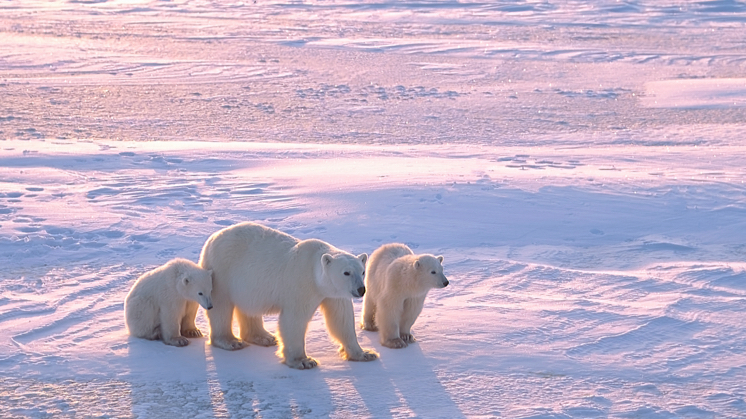
The first decades of the twenty-first century, through climate change, have served to raise awareness among humanity of the importance of caring for and conserving the planet, including its flora and fauna. Biodiversity loss is, in fact, one of our greatest concerns due to its consequences, which go beyond the extinction of species, as it also threatens humans due to its impact on the soil and water, which are essential to our food supply. The United Nations Sustainable Development Goals, and specifically SDG 14 and SDG 15, set a course to follow to reverse these losses and underline the importance of endemic species.
Endemism and endemic species
Before focusing on endemic species, let's look at the definition of endemism. Endemism is a term used in biology to talk about the distribution of a taxon limited to a small geographic area and which can therefore be found naturally in this place. In consequence, endemic species are those that live in a limited area, such as a mountain range, lake or island, among others. Therefore, the ecological aspect of the place and the biological characteristics of the living beings influence this condition.
Endemic species are crucial to the health of our planet because of the enormous variety of living beings they contribute to the environment. In fact, it is no coincidence that megadiverse countries, those that are home to at least 70 % of the planet's terrestrial biological diversity account for only around 10 % of the surface but are home to a massive number of endemic species.
Endemic species are the most vulnerable of all and, therefore, those in the greatest danger of extinction, which can be due to natural causes or human activity. As well as the consequences of climate change, there are other threats, such as poaching, changing habitats and the introduction of invasive species. What's more, environmental conservation has become a major standard-bearer for protecting these species.
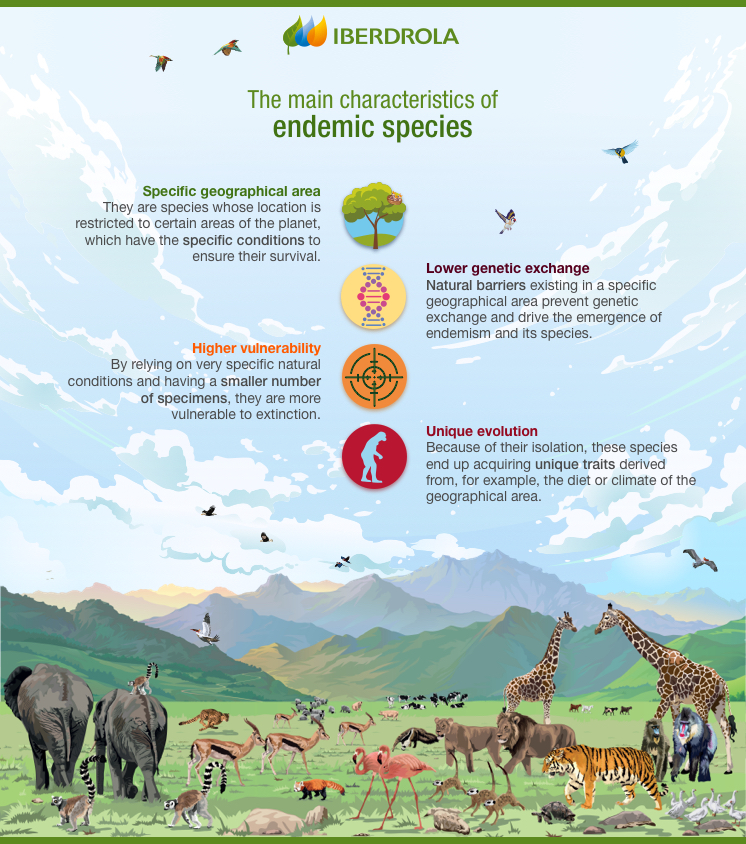
SEE INFOGRAPHIC: The main features of endemic species [PDF]
Types of endemism
Endemic species can be classified in two ways, by their geographical distribution or genetics, giving rise to a series of categories:
 By location
By location
- Microendemic species: are those established in a limited area.
- Quasi-endemic: are species that go beyond the limits of their specific zone.
- Semi-endemic: are species that spend only part of the year in a specific area.
 By genetics
By genetics
- Paleo-endemics: are species that eventually form isolated groups due to their morphological, chemical or genetic characteristics.
- Schizo-endemics: are species formed by gradual isolation but which have similar chromosomic and morphological characteristics.
- Patro-endemics: are species that emerge due to changes in the number of chromosomes and which colonise more extensive areas than their predecessors.
- Apo-endemics: these are species that derive from others and which, unlike patro-endemic species, occupy smaller areas than their predecessors.
Examples of endemic species
There are numerous endemic species in the world, but here is a small sample of some endemic animals and plants:
Endemic animals
- Iberian lynx (Lynx pardinus): This carnivorous mammal is endemic to the Iberian Peninsula and is also the world's most seriously threatened feline species.
- Polar bear (Ursus maritimus): this carnivorous mammal lives in the polar region and in the frozen areas of the Northern Hemisphere. It is the only surviving super-predator in the Arctic.
- Lemur (Lemuroidea): This Strepsirrhini primate is native to the island of Madagascar in the Indian Ocean. It has shiny eyes and makes strange noises.
- Panda (Ailuropoda melanoleuca): This mammal is typical of Asia, although it has become a symbol of China the country that has done most to save it from extinction.
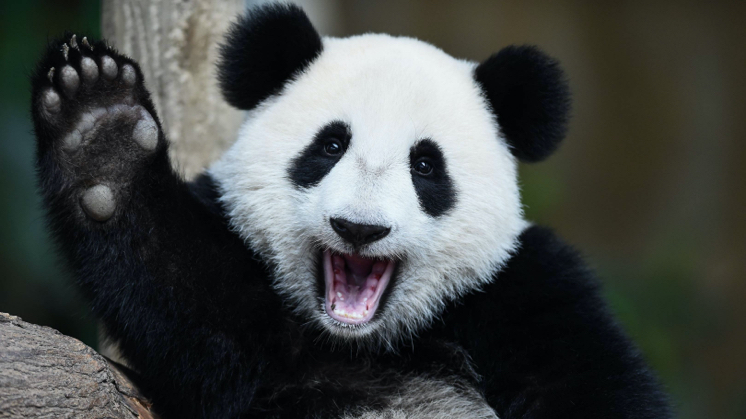
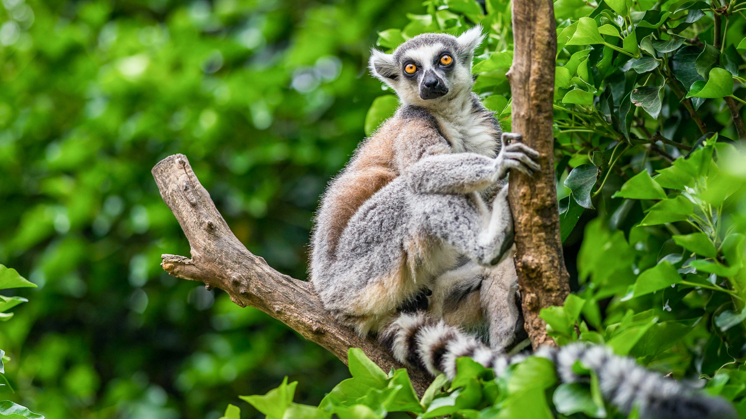
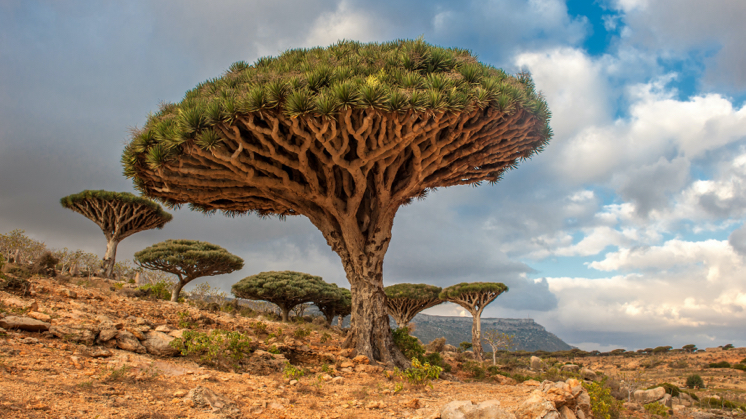
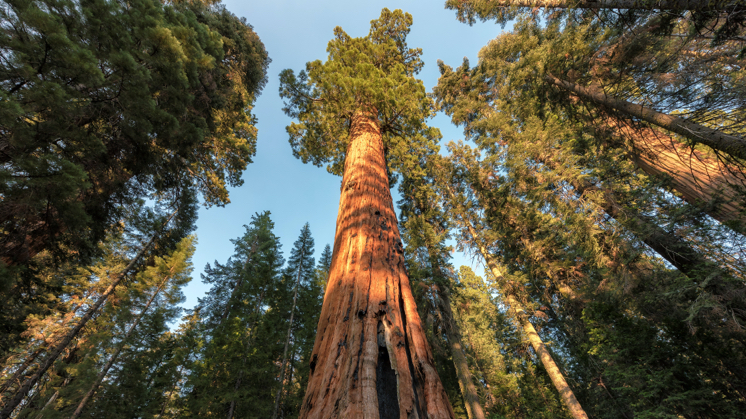
Endemic plants
- Red sequoia (Sequoia sempervirens): This tree, also known as the California sequoia, is found in this part of the USA and lives for a very long time.
- Dragon tree (Dracaena draco): This tree has rough bark and is one of many endemic plants to be found in the Canary Islands (Spain).
- Palma barrigona (Colpothrinax wrightii): this species of palm originates in Cuba and has an unusually shaped trunk, whose diameter balloons out around two-three metres from the ground.
- Jalisca pine (Pinus jaliscana): this tree is a member of the pine family and is unusually tall, more than 20 metres. It is found in the Jalisco region of Mexico.




